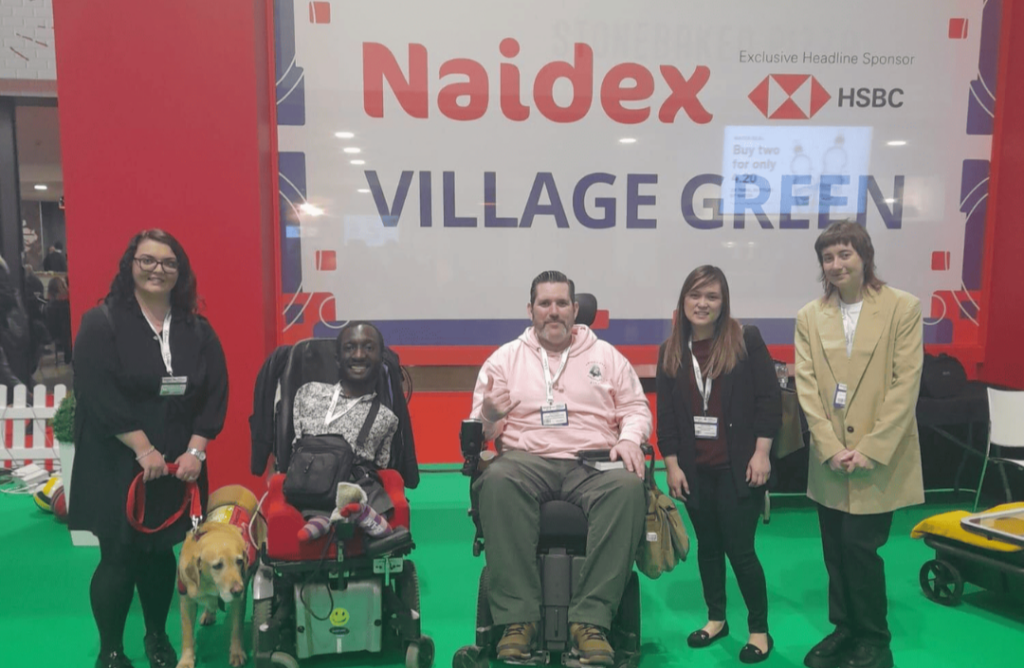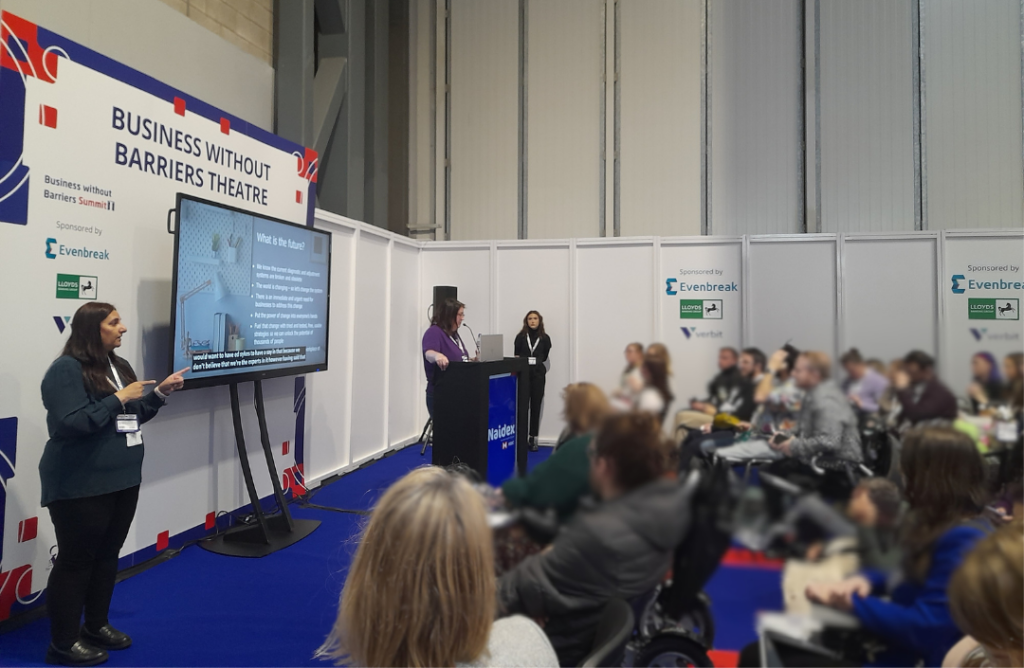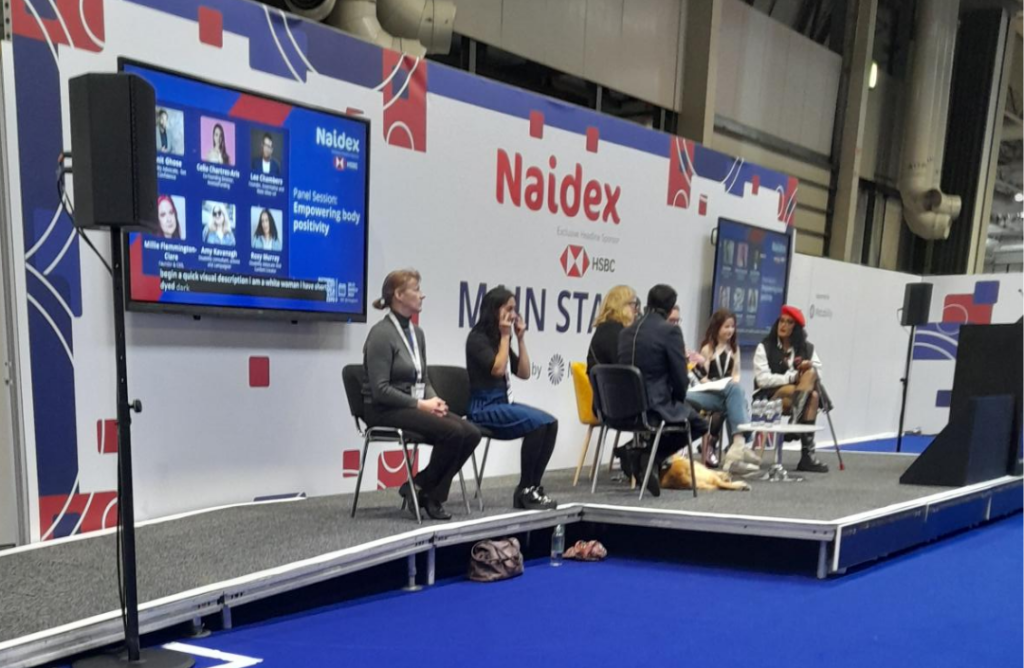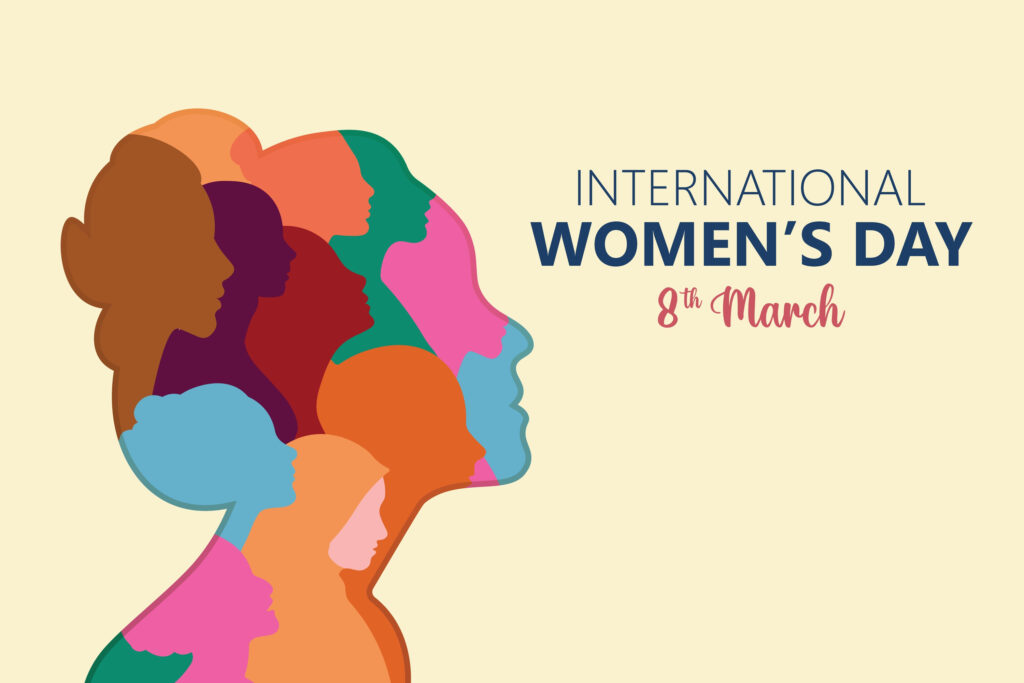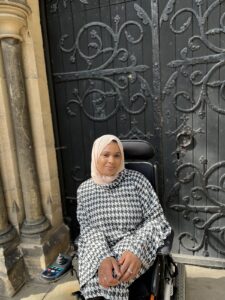Traditionally, Easter marked the joyful end to the Lenten season of fasting in Christianity. However, tradition is continually evolving and for lots of people today, Easter is a time for chocolate. For me, it’s a time where I prepare to eat more Easter eggs than my body can handle!
Easter can be a great time to engage with our local communities, make new friends and socialise. However, it may also be a time where some people feel left out or excluded from certain activities.
Therefore, in today’s blog post, I’m going to share some of my Easter experiences, and hopefully inspire others to make their Springtime shenanigans more inclusive!

My Experience
As a child, I remember going to my local community garden for an Easter egg hunt. I still have visions of my sister and I racing around the park to try to find as many sweets as possible before the other children beat us to it.
One thing I will note is that as a wheelchair user, egg hunts were not always the most accessible, as I often couldn’t reach those sneaky hiding places. If I were ever to arrange an egg hunt myself (either at home or in the community), I would ensure a range of hiding places and heights were selected, which were reachable for all participants. Considering access needs in this way is a social responsibility and it’s important to remember that accessibility should always be a priority; and this is also the case for fun leisure activities and celebrations!
30 years later, I would definitely still be keen for a chocolate trail. Who says it’s just the kids that get to have fun?
To be truly inclusive when it comes to chocolate trails and egg hunts, it’s also vital to cater to a range of dietary requirements, and allergen information is more readily available in recent years.
Several of my friends have specific dietary requirements, including gluten-free, vegan, and diabetic. So I always factor these in when shopping for Easter edibles.
A great example of a chocolate brand which may be more suitable for people with allergies is NOMO. You can find their tasty treats at the following link: https://tinyurl.com/34hzn9yu
Easter Activities
Easter is designed to be a celebration and an opportunity to make memories doing various activities. A few years ago, I even dressed up as Jesus for an Easter themed day at work!
Chocolate aside, below are some other examples of accessible Easter activities. You will notice that I’ve included a real variety here, and that’s because all Easter activities can and should be accessible, providing their organisation is inclusive:
- Arts & Crafts
- Petting Zoo
- Face Painting
- Baking Workshops
- Live Music
- Gardening
- Storytelling
When deciding what activities to take part in this Easter, it’s also important to consider how you may travel to these events as not everyone has access to a private vehicle. If you require any support when travelling by train, and you prefer to request this in advance like me, I would recommend using the Passenger Assistance app or website before your journey. You can click on the following link to find out more: passengerassistance.com
When looking for potential venues for Easter activities, I would recommend The Eden Project in Cornwall. This year they are hosting a “Springfest” event from 29th March to 14th April. The event features a range of family-friendly games and challenges, including a rainforest chocolate trail, skittle alley, and interactive quiz. The Eden Project also offers “relaxed sessions” which have been designed for people with sensory access needs. They have great accessibility and also feature a Changing Places toilet on site – making this the perfect venue to consider if you live nearby.
For more information, you can check out their website at the following link: https://tinyurl.com/5ehst9xw
These are just a few reflections of my own Easter experiences, which I hope demonstrate some really simple ways to make inclusivity a part of this holiday.
Most importantly, just don’t forget to have fun! And if there’s any chocolates leftover… you know where I am.
About the Author
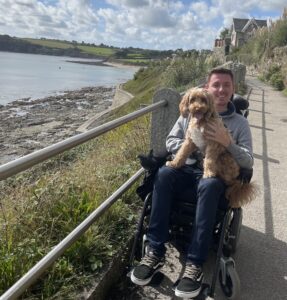
Ross Lannon is a lifestyle and disability blogger from Cornwall. Often described as a “cheeky chappy”, he uses his website (www.alifeonwheels.co.uk) to document his journey as a young man with a physical disability – whilst also reviewing accessible events, activities and products.
Ross is also a presenter for CHAOS Radio, and a proud dog-dad to Ralph.
@rosslannon

